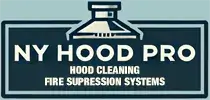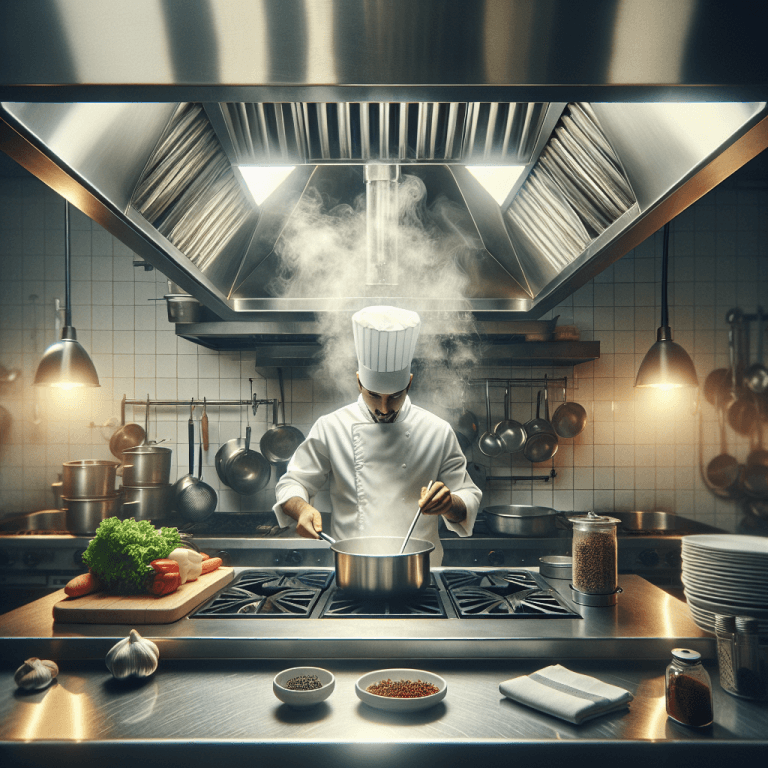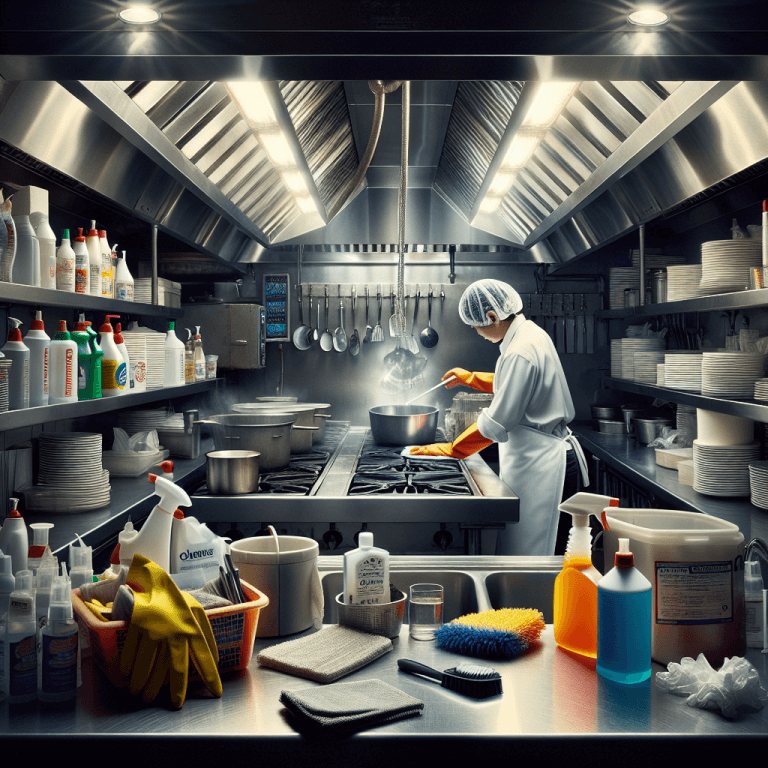Essential Hood Cleaning Knowledge: Training Your Team for Success
Introduction: The Importance of Hood Cleaning Training
In the bustling world of food service, maintaining a clean and safe kitchen environment is paramount. One critical yet often overlooked aspect of kitchen hygiene is the hood cleaning. Ensuring your restaurant’s hood system is free of grease and grime can prevent fire hazards, improve air quality, and extend the lifespan of your equipment. But who should be responsible for this crucial task? Here’s why it’s essential to train your employees on proper hood cleaning procedures and how it can benefit your commercial kitchen operations.
Why Hood Cleaning is Crucial
The primary function of a commercial kitchen’s exhaust hood is to remove airborne grease, smoke, and odors that are by-products of cooking. Over time, these substances accumulate and form a layer of grime, making the hood less effective. Proper restaurant hood cleaning helps in:
- Reducing Fire Risks: Grease is highly flammable. A clean hood minimizes the risk of kitchen fires.
- Maintaining Air Quality: Regular cleaning helps in the removal of smoke, odors, and grease particles, ensuring a healthier work environment.
- Compliance with Health Regulations: Health inspectors are likely to check the cleanliness of your exhaust systems. Regular cleaning ensures compliance and avoids fines.
- Prolonging Equipment Life: Clean equipment runs more efficiently and enjoys a longer lifespan.
Training Your Team: The Basics
Your kitchen staff should be well-versed in basic commercial kitchen hood cleaning procedures. Here’s a breakdown of what the training should cover:
- Understanding the Anatomy of the Exhaust System: Employees should know the various components of the exhaust hood system, including filters, ductwork, and fans.
- Identifying Signs of Build-Up: Teach your team to recognize when the hood needs cleaning, such as visible grease on filters or a noticeable drop in ventilation efficiency.
- Proper Cleaning Techniques: Demonstrate the correct way to remove and clean grease filters, wipe down the interior and exterior of the hood, and conduct a thorough ceiling-to-duct cleaning.
- The Importance of Regular Maintenance: Stress the necessity of consistent cleaning schedules to prevent hazardous build-up.
Step-by-Step Cleaning Procedures
Effective exhaust hood cleaning involves a detailed, step-by-step approach:
- Turn Off All Equipment: Safety first—ensure all kitchen equipment is turned off and cooled down before beginning.
- Remove and Clean Filters: Filters are usually the first components to accumulate grease. Remove them carefully and soak them in a degreaser solution.
- Scrub Interior and Exterior: Use a non-abrasive cloth and a recommended cleaning solution to scrub all surfaces of the hood.
- Rinse and Dry Filters: After soaking, thoroughly rinse the filters with hot water and allow them to dry before reinstallation.
- Inspect Ducts and Fans: If accessible, inspect the ductwork and fans for grease build-up and clean as necessary.
- Reassemble and Test: Once everything is clean and dry, reassemble the components and test the system to ensure proper function.
Regular Training Sessions
Given the importance of commercial kitchen hood cleaning, regular training sessions are a must. This ensures new hires are brought up to speed and seasoned employees stay updated on best practices. Consider scheduling quarterly training and incorporating hands-on demonstrations to reinforce theoretical learning.
When to Call the Professionals
While training your team is advantageous, certain situations demand professional expertise. Here’s when you might need to call in experts like New York Hood Pro:
- Complex Systems: If your kitchen hood system is particularly intricate or extensive, professional cleaning might be required.
- Deep Cleaning: For a thorough, deep clean that goes beyond routine maintenance, professional services ensure no corner is overlooked.
- Compliance Issues: If you’re facing compliance issues, a professional cleaning service can bring your kitchen up to code.
Final Thoughts
Training your team on essential hood cleaning practices is an investment in the safety and efficiency of your operations. It not only reduces risks and ensures compliance but also enhances the working environment for your team. While basic cleaning can be managed in-house, never hesitate to seek professional assistance for comprehensive, deep cleaning tasks.
For expert New York Hood Pro services, rely on trained professionals to handle all your exhaust hood cleaning needs. With their expertise, you can ensure your kitchen remains spotless and safe.







